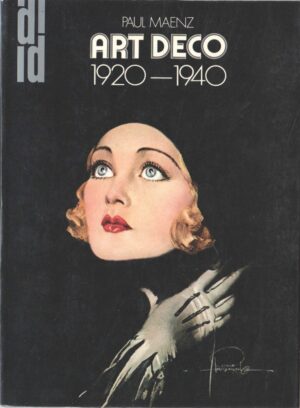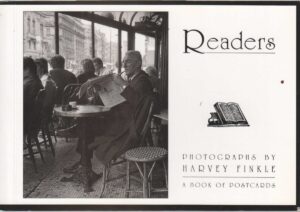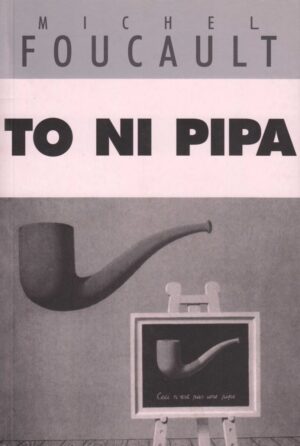Opis
“What line should the critic follow in explicating, unfolding, or unknotting . . . passages? How should the critic thread her or his way into the labyrinthine problems of narrative form?―from chapter I In this brilliant and engaging book, one of America’s leading literary critics explores the intricacies of narrative theory. Using the image of Ariadne’s thread, which was given to Theseus to carry into the labyrinth so that he could find his way out, J. Hillis Miller traces out the “line” so often associated with narrative and writing in general. In the process he illuminates the nature of literature as well as the nature of narrative. Considering a wide range of texts from Western literature over the last two centuries―in particular Meredith’s The Egoist, Goethe’s Elective Affinities, and Borges’s “Death and the Compass”―Miller explores the way rhetorical devices and figurative language interrupt, break into, delay, and expand storytelling. He also illustrates these rhetorical disruptions of narrative logic in his own work. In its four chapters―about the role of line, character, interpersonal relationships, and figurative language in narrative―Miller’s study encounters in its own language the problems it discusses, as concepts and words are scrutinized for their diverse meanings and resonances. Demonstrating that every narrative, including this one about the nature of narrative, has divergent lines and multiple motives and uses, Ariadne’s Thread tells its story and enacts its subject at the same time.





